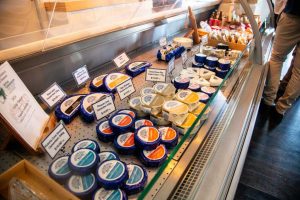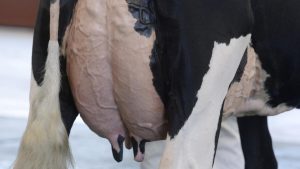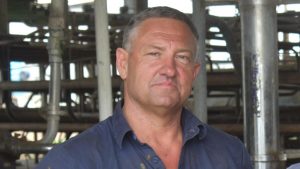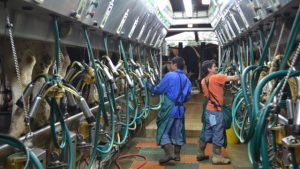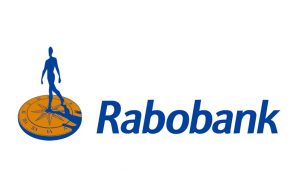
Key points:
- During the last drought a Gippsland couple realised their farm irrigation costs were unsustainable — both financially and environmentally
- They spent more than $1 million on a renewable energy project and farm upgrades
- Irrigation-related energy costs have been slashed, and they expect the project to pay for itself in seven years
Clydebank dairy farmers Wilco Droppert and Sandra Jefford milk 300 cows. At the height of the last drought they realised their irrigation costs were unsustainable.
“We were looking at high energy costs … maybe 12 to 14 per cent of our budget,” Mr Droppert said.
“We thought ‘Geez, that’s a problem. We’ve got a high carbon footprint and big costs’.”
The couple commissioned a farm energy audit in 2018 and have since installed 150kw of solar generation to run a bore and two pumps to move water out of the dam and to irrigation pivots — which provide water to the paddocks.
With the help of pumps that can run at varying speeds to match the solar power generation, they’ve achieved 90 to 95 per cent utilisation of the renewable electricity generated.
Reducing costs long-term
More than $1 million was budgeted for the project, which also included other necessary upgrades around the farm.
The couple received a government grant to help finance the project.
“This last irrigation season, our total costs for running our irrigation were about $1,200,” Ms Jefford said.
“It was a wetter and cooler year and we didn’t need to irrigate as much as we normally would. But in the previous summer, our irrigation costs were about $80,000.
“For the amount of milk we produce, that just wasn’t viable in the long run.”
They hope a more typical irrigation season with the solar installation would result in an energy bill of around $15,000.
Ms Jefford expects the project to pay for itself in around seven years.
It also delivers non-financial benefits and the new system, which is controlled from a central computer, also saves them time.
“Our greenhouse gas emissions are much lower than they were previously, we’ve got big labour savings, probably about 15 hours a week [and] we get to sleep better because we’re not irrigating at night.”
A system with smarts
The solar panels were installed in a fenced-off section in one of their paddocks.
The panels face north, west and east to maximise production throughout the day.
However a computer — which the couple refer to as “the brain” — further helps maximise efficiency.
“The brain … allows us to match the energy that’s being generated to what’s being utilised,” Mr Droppert said.
“So early in the mornings when there’s say 10 kilowatts available, we can utilise the 10 kilowatts on a bore pump through a variable speed drive.
“That means that we can change loads on any pump that’s pumping the water into the dam [up] to the point where we have sufficient power to pump to the pivots, which [requires] roughly 37 kilowatts.
“As soon as we get past that point, we can switch that extra energy back to the bore pump.”
Big plans for future
More work is planned, with wind turbines expected to be installed in coming months.
“We’ve got a couple of pivots that still use diesel, so we’re looking at whether we can get those to be electric and use our renewable energy there,” Ms Jefford said.
“We’re hoping we’ll be able to run a farm micro-grid in the future, which would mean that our dairy could use the clean power that we’re generating here a few hundred meters away.
“We’ve [also] ordered an electric side-by-side vehicle, thinking we’ll eventually replace our quad bikes that use unleaded fuel.”




